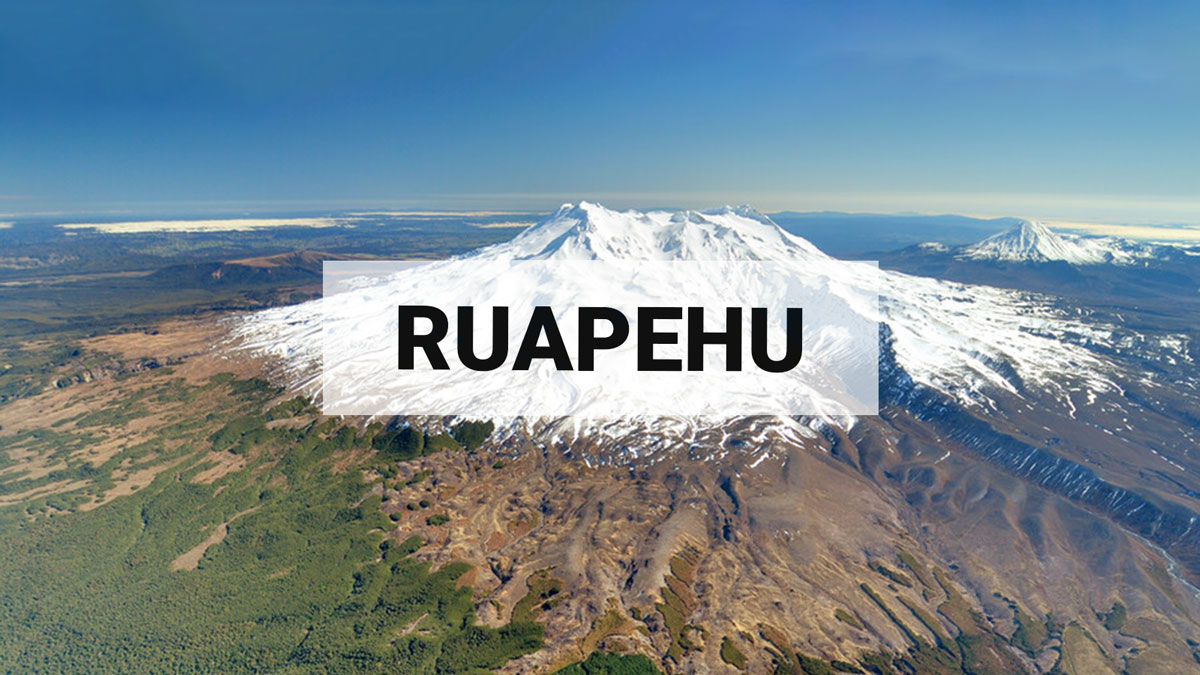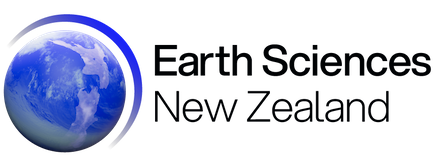Minor ash emission confirmed following short-lived eruptions. Volcanic Alert Level Remains at Level 3 and Aviation Colour Code remains Orange.
An observation flight yesterday afternoon has confirmed minor ash emissions are occurring at Whakaari/White Island but are unlikely to have reached the mainland. Two small, low energy eruptions occurred on 30 October. The Volcanic Alert Level remains at Level 3 and the Aviation Colour Code remains Orange.
Two short-lived eruptions observed yesterday at Whakaari/White Island. Volcanic Alert Level Remains at level 3 and Aviation Colour Code remains Orange.
Based on webcam observations we observed two distinct eruptions yesterday (30th October) at 12:30 pm and again at 6:40 pm. No further eruption has been observed since. The Volcanic Alert Level remains at level 3 and the Aviation Colour Code remains Orange.
Possible Whakaari/White Island eruption. Volcanic Alert Level has been increased to level 3 and Aviation Colour Code increased to Orange
Based on webcam observations an eruption has possibly occurred at around 12:30 pm today. The Volcanic Alert Level increased to level 3 and the Aviation Colour Code raised to Orange.
To build safer communities and long-lasting infrastructure in New Zealand’s hilly, landslide-prone areas, we need solid data to guide where and how we live. That’s where the New Zealand Landslide Database (NZLD) upgrade comes in.
Te Wai ā-moe (Ruapehu Crater Lake) is now cooling. The Volcanic Alert Level remains at 1.
After a short period of heating, Te Wai ā-moe (Ruapehu Crater Lake) is now cooling. The lake temperature peaked at 17 °C in late-August and has been cooling since. The lake temperature is now 13 °C. The Volcanic Alert Level remains at 1 and the Aviation Colour Code at Green.
New webcams improve image quality
Welcome, haere mai to another GeoNet Data Blog. Today’s blog is about exciting new images from the first of our new volcano webcams.
Web cameras are a vital part of how we monitor Aotearoa New Zealand’s volcanoes, and we’re excited to be rolling out a new generation of cameras across our network.
Welcome, haere mai to another GeoNet Data Blog. Today’s blog is about volcanic earthquake events, what they are and how you can find them in our earthquake catalogue.
While rapidly advancing science gives our volcano team a wide range of remote monitoring tools to keep a close eye on our active volcanoes, hands-on data collection remains valuable. We recently worked closely with the Bay of Plenty Regional Council Harbourmaster to explore ways to monitor gases at Whakaari/White Island from a vessel.
Observation flight shows no ash in the steam plume from Whakaari. Volcanic Alert Level remains at 2 and Aviation Colour Code remains Yellow.
An observation flight has confirmed that no ash is currently present in the volcanic plume at Whakaari. On 28 August, some short-lived minor eruptive activity was observed and produced a thin covering of ash across the island. There is no eruptive activity currently occurring. The Volcanic Alert Level remains at level 2 and the Aviation Colour Code remains Yellow.





